Using MuPAD, I want to find out if at least one solution exists for a set of of linear inequalities. For example, the following system of linear inequalities:

which I solve in MuPAD by:
solve({x+z>2*y,z>y,2*z>2*x,x>0,y>0,z>0},{x,y,z}
and MuPAD returns the set of solutions, in some type of notation:

However, I do not care about the exact form of the solution set, i.e., whether it is finite, or infinite, I just care if there is at least one viable solution.
I would like to call MuPAD from Matlab, ask if a solution set exists to the inequalities, and then get back a "yes" or "no" answer. I could test for the empty set being returned, but I do not know how to test if a symbolic variable represents the empty set.